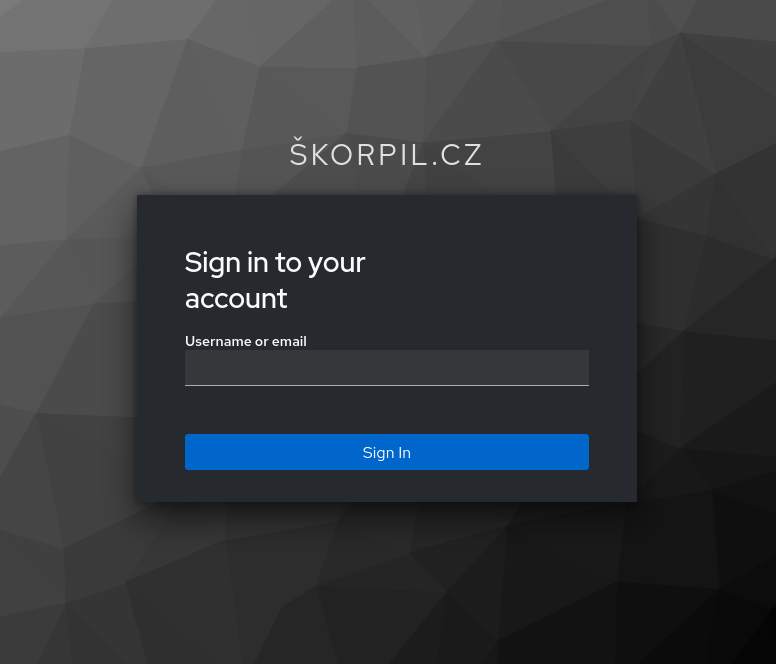My family tech support season has begun.
For elderly people, modern tech is brutal: websites keep breaking password managers (multi-step SSO forms, JS overload, domain changes). Native apps aren't any better.
"Forgot password?" links almost always bypass password managers. The PW manager ends up with an outdated password, breaking trust in the solution, and even gets accounts locked for failed login attempts.
#Passkeys don't solve the password mess for my elderly relatives.
The "scan QR code" fallback that pops up sometimes is a dead-end. They've been told to click "Deny" whenever sites suddenly ask for permissions, so they block Bluetooth access too.
They don't know or don't remember how to scan a QR code, or are baffled why something for "viewing restaurant menus" is used to log in.
Sites use inconsistent terminology for "passkey/security key/try other method", even worse in non-English.


